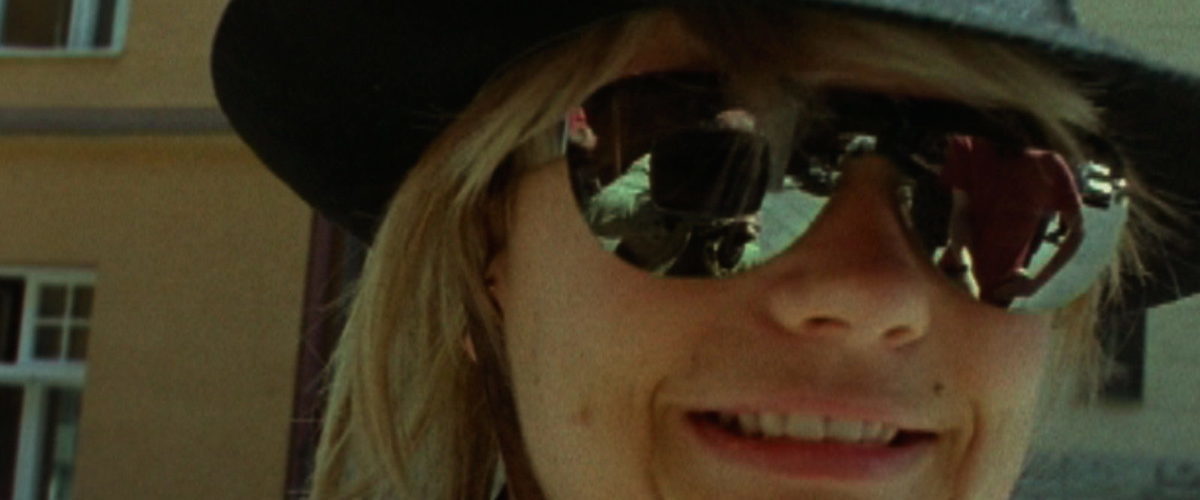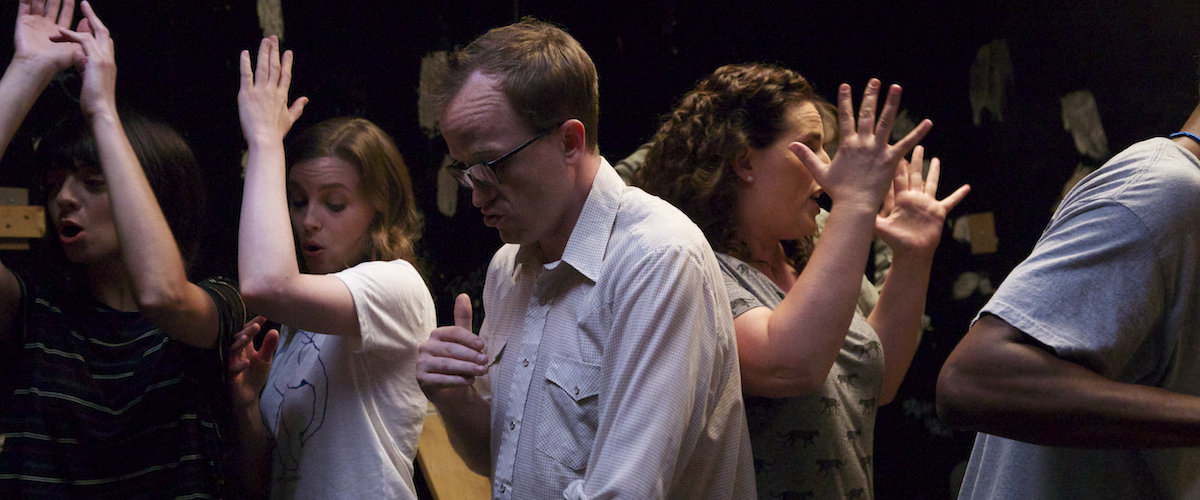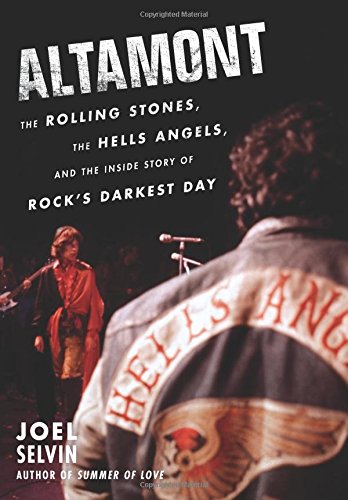Sometimes
a movie needs only one great scene for me to fall absolutely in love with it.
In Shield
for Murder (1954), it’s when Edmond O’Brien stops
into an Italian restaurant and finds
himself at the bar sitting next to Carolyn Jones. She’s one of those types you
see in the older movies, petite and blonde, but with fingers like claws. She’s
a barfly; she tries to get him to buy her a drink, or at least talk to her. He
has other things on his mind.
Most
guys would love to rub up against Jones in a bar. But O’Brien is involved in
some bad stuff. He’s Barney Nolan, a police detective; he’s killed a
bookmaker’s stooge who happened to be carrying $25,000. Thinking no one was
watching, Nolan took the money. He’s a mix of hardboiled cop who cares for
nothing, and a normal, working-class guy who just wants to settle down in a
house he can call his own. But his reputation
for violence has raised suspicion about him. He’s starting to sweat.
Jones,
meanwhile, keeps working on him. “You aren’t so tough,” she says. She teases
him, saying he doesn’t know how to look the part. She tells him to hold his
cigarette a certain way, and to squint his eyes. In short, she’s telling him to
look more like Humphrey Bogart, the blueprint for toughness in those days.
Nolan plays along; he chuckles. A while later he notices a couple of gunmen who
have been trailing him. They’re working for the bookie, and they’ve got balls
enough to walk right into the restaurant. He walks over to them and, with the
butt of his revolver, smashes them both into bloody heaps. Confronted by real
toughness, Jones can only scream in horror.
O’Brien,
who’d spent time on the New York stage in productions of Shakespeare, was one
of the few actors who could pull off such a scene. He didn’t look particularly
dangerous – he could’ve been a high school football coach, a bus driver, the
owner of a butcher shop – but he was burly and looked like he could do some
damage if riled.
Shield for Murder was based on a novel by William
P. McGivern, a pulp writer whose stories provided the basis for some excellent
crime movies of the period (The Big
Heat, Odds Against Tomorrow).
O’Brien shared the director’s credit alongside Howard Koch. According to press
releases, O’Brien rehearsed the actors, while Koch took over once filming began.
O’Brien said at the time that he hoped to become a full-time director, and that
he’d prefer to be known as “a new director, rather than an old leading man.”
The
screenplay, credited to Richard Alan Simmons and John C. Higgins, is slick
enough that an entire story could’ve been made of the deaf man who witnesses
Nolan kill the bookie’s runner. Another movie could’ve been made of the
character played by John Agar, a younger detective who idolizes Nolan but
suspects he’s done something foul. That none of the film’s moving parts get in
the way of each other is a testament to old-school moviemaking. And the
dialogue? Superb. “You’ve had enough for one day,” Nolan tells one particularly
abrasive cop. “Now go home and beat your wife.” Then there’s the older cop who
grouses, “I’ve gotten old in this office, with a snail’s eye view of man’s
inhumanity.” Good stuff.
And what
of Carolyn Jones as the blond tootsie?
She’d been in features for about a year – she’d had roles in The Big Heat and House of Wax - and in the
next few years she’d work for such directors as Billy Wilder and Alfred
Hitchcock. She’s near brilliant here. Some actresses would play the barfly role
for laughs, others would aim for pathos, others would go for sleaze. She hits
all three.
In the
original trailer for the film, which is included in the excellent new DVD
available from Kino Lorber, the ad campaign made it look as if Nolan left his
fiancée for a fling with Jones. That’s not what the movie is about at all, but
publicists probably wanted a clip of Jones in the trailer, just for some
enticement. Why not? All is fair in marketing, especially when a cutie like Jones is
concerned.
Consider,
too, the explosive shootout between Nolan and the gunman played by Claude
Akins. Akins is one of the fellows Nolan clobbered in the restaurant; with his
head bandaged, he tracks Nolan down at a YMCA swimming pool where they open
fire on each other. It’s madness, as swimmers run for cover, hide under
bleachers, or dive into the pool to avoid the rain of gunfire. This shows how
far Nolan has fallen; he doesn’t even care if innocent people get hit.
Contrast
this to the way Nolan slouches around the police station, leaning on filing
cabinets and listening to others talk with a look of thinly disguised disdain.
He’s a veteran cop, he’s seen it all, and he doesn’t break a sweat for
anything.
Then
there’s a surprisingly light scene where Nolan brings his bride to be (Marla
English) to the new tract home he plans to buy. He’s like a big kid as he
proudly shows her all of the fixtures. The life he plans for them, complete
with modern kitchen appliances and a two-car garage, sounds delightful; he’s
invented it in his mind, perhaps to occlude the grotesque reality of his life
as a crooked cop.
Is this
the real Nolan? A gentle, friendly guy who happily tells his girlfriend to kick
her shoes off and take a nap on the new couch? Granted, he uses this moment to
sneak out and bury his stolen money in the backyard, but his glee at showing
off his new home is infectious. For a moment, you almost wish the guy’s dream
of a normal home life could come true.
Everyone
respects Edmund O’Brien as an actor, but is he truly appreciated for all of his
great work? Shield For Murder takes
place during his peak years, shortly after his turns in movies like White Heat,
D.O.A., and The Hitch-Hiker,
but before his great comic performance as Marty ‘Fats’ Murdock in The Girl Can’t Help It. The same year he
played Barney Nolan, he won a Best Supporting Actor Oscar for his performance
in The Barefoot Contessa. By the
1960s he was still working regularly, but was slipping down to sixth or seventh
billing. He’d become one of those reliable types, the kind of actor who could
deliver a solid performance, but wouldn’t steal the spotlight from the bigger
stars. Director Don Siegal claimed
O’Brien’s eyesight and memory were troubling him as early as China Venture (1953), when he was not
yet 40. This was perhaps a harbinger of the Alzheimer’s disease that would
ultimately kill him at 69, and might explain why O’Brien contented himself with
smaller parts. His plan to become a director wasn’t to be, either. At his best,
though, O’Brien was a sort of genius.
In Shield For Murder, he’s surrounded by
capable performers, including Jones, Akins, Agar, Richard Deacon, Vito Scotti,
William Schallert, and in the role of the mute, a very touching Ernst
Sternmuller. Yet, it’s O’Brien who owns this one. When he meets his grisly end
outside of his beloved dream home, collapsing from a bullet wound onto the
unplanted lawn, you’d be forgiven if you felt some sympathy for him.
“No
actor who plays himself is a happy person,” O’Brien once said. If so, the man
who could sing ‘Rock Around The Rockpile’ in The Girl Can’t Help It, as well as play the tortured, murderous cop
in Shield For Murder, must have been
happy for a while, indeed.







